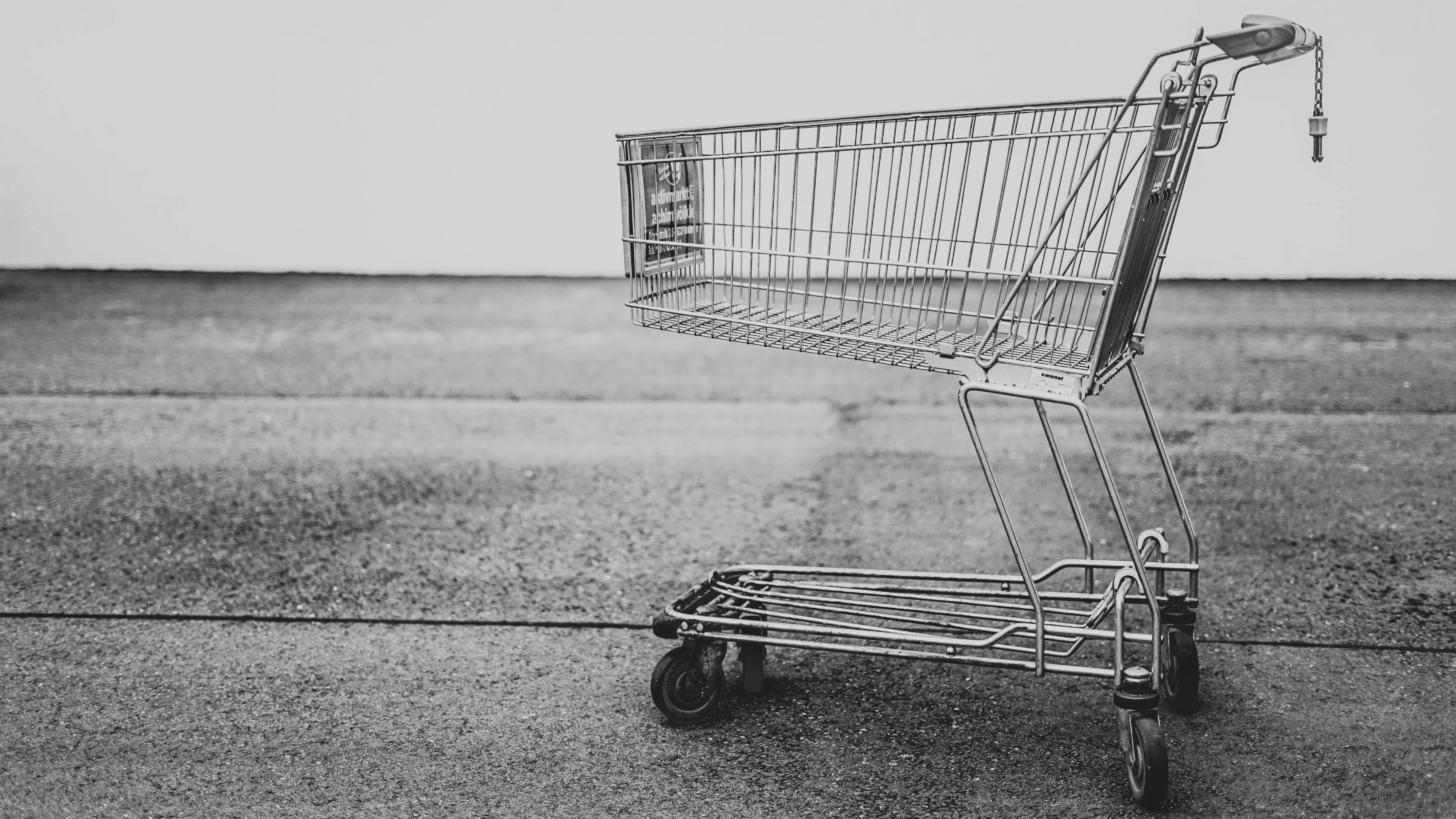Introduction
Overview of Conversion Rate Optimisation
Conversion Rate Optimisation (CRO) represents the systematic process of increasing the percentage of website visitors who complete desired actions on your Shopify store. Whether that action involves making a purchase, signing up for a newsletter, or downloading a resource, CRO focuses on maximizing the value of your existing traffic rather than simply driving more visitors to your site.
In the competitive landscape of e-commerce, every visitor to your Shopify store represents a potential customer and revenue opportunity. However, the average e-commerce conversion rate hovers around 2-3%, meaning that 97-98% of visitors leave without making a purchase. This statistic underscores the immense potential that lies within optimizing your conversion funnel.
Importance of CRO for Shopify Stores
For Shopify store owners, CRO serves as a powerful lever for sustainable growth. Unlike paid advertising, which requires continuous investment to maintain traffic levels, conversion rate improvements compound over time. A 1% increase in conversion rate can translate to thousands of dollars in additional revenue annually, depending on your traffic volume and average order value.
CRO also provides superior return on investment compared to traditional marketing channels. While acquiring new customers through advertising becomes increasingly expensive due to rising competition and ad costs, optimizing your existing traffic generates revenue without additional customer acquisition expenses. This makes CRO particularly valuable for businesses operating on tight marketing budgets or those looking to maximize profitability.
Understanding Shopify CRO
Definition of CRO
Conversion Rate Optimisation for Shopify stores involves the strategic improvement of various elements within your online store to increase the likelihood that visitors will complete desired actions. This encompasses everything from product page layouts and checkout processes to mobile responsiveness and site speed optimisation.
The process typically involves analyzing user behavior data, identifying bottlenecks in the conversion funnel, hypothesizing solutions, and testing these changes to measure their impact on conversion rates. Successful CRO requires a deep understanding of your target audience, their shopping behaviors, and the factors that influence their purchasing decisions.
Key Metrics to Measure CRO Success
Tracking the right metrics is essential for measuring CRO success and identifying areas for improvement. The primary metric is conversion rate, calculated by dividing the number of conversions by the total number of visitors and multiplying by 100. However, several supporting metrics provide valuable insights into your store’s performance.
Average Order Value (AOV) measures the average amount spent per transaction, while Customer Lifetime Value (CLV) indicates the total value a customer brings over their entire relationship with your brand. Cart abandonment rate reveals the percentage of shoppers who add items to their cart but leave without completing the purchase. Page load speed, bounce rate, and time on site offer insights into user experience quality.
Revenue per visitor combines traffic volume with conversion effectiveness, providing a comprehensive view of your store’s performance. Mobile conversion rate deserves special attention, as mobile commerce continues to grow rapidly. For detailed guidance on this topic, refer to The Ultimate Guide to Improve Shopify Mobile Conversion Rate in 2025
Common Challenges in Shopify CRO
Shopify store owners face numerous challenges when implementing CRO strategies. One of the most significant obstacles is the complexity of the modern customer journey. Today’s shoppers interact with brands across multiple touchpoints before making a purchase decision, making it difficult to attribute conversions to specific optimisations.
Technical limitations can also pose challenges, particularly for store owners with limited coding knowledge. While Shopify provides user-friendly tools, advanced customizations may require developer expertise. Additionally, the sheer volume of potential optimisations can overwhelm business owners, leading to analysis paralysis or scattered efforts that fail to produce meaningful results.
Data interpretation represents another common challenge. Store owners often have access to vast amounts of analytics data but struggle to extract actionable insights. Understanding statistical significance, avoiding false positives, and maintaining testing discipline requires expertise that many business owners lack.
Shopify CRO Strategies
1. Simplifying the Checkout Process
The checkout process represents the final and most critical step in the conversion funnel. Even minor friction points can cause customers to abandon their purchases after investing time browsing your products and adding items to their cart. Streamlining this process should be a top priority for any CRO initiative.
Begin by reducing the number of steps required to complete a purchase. Shopify’s one-page checkout option eliminates the need for customers to navigate through multiple pages, reducing abandonment opportunities. Enable guest checkout to accommodate customers who prefer not to create accounts, and clearly display security badges and payment options to build trust.
Optimize form fields by requesting only essential information and using smart defaults where possible. This is usually enabled by default through Shopify directly. Consider offering multiple payment options, including digital wallets like Apple Pay and Google Pay, which can significantly speed up the checkout process.
For comprehensive strategies on improving checkout conversion, explore 5 Proven Strategies to Improve Your Shopify Checkout Conversion Rate
2. Utilizing A/B Testing
A/B testing forms the foundation of effective CRO by providing data-driven insights into what resonates with your audience. This methodology involves creating two versions of a webpage or element and randomly showing each version to different segments of your traffic to determine which performs better.
Start with high-impact elements such as headlines, product descriptions, call-to-action buttons, and pricing displays. Test one element at a time to isolate the impact of each change and ensure statistical significance. Focus on elements that directly influence purchasing decisions, such as product images, reviews display, and value propositions.
Successful A/B testing requires patience and statistical rigor. Avoid ending tests too early or making decisions based on insufficient data. Consider factors like seasonality, traffic sources, and customer segments when analyzing results. Document your findings to build a knowledge base that informs future optimisation efforts.
3. Enhancing Product Pages
Product pages serve as the primary conversion battleground for e-commerce stores. These pages must provide comprehensive information, build trust, and motivate purchase decisions. High-quality product images from multiple angles, detailed descriptions, and clear pricing information form the foundation of effective product pages.
Implement features that help customers make informed decisions, such as size guides, comparison tools, and related product suggestions. Use customer reviews and ratings prominently to provide social proof and address common concerns. Consider adding video demonstrations or 360-degree product views to give customers a more comprehensive understanding of your products.
Optimize product page loading speed, as slow pages significantly impact conversion rates. Use compressed images, implement lazy loading, and minimize unnecessary elements that don’t contribute to the buying decision. For detailed product page optimisation strategies, refer to 7 Proven Strategies for Optimizing Your Product Listing for Shopify
4. Implementing Upsell and Cross-sell Techniques
Upselling and cross-selling represent powerful strategies for increasing average order value and maximizing revenue from existing customers. These techniques involve suggesting complementary products or premium alternatives at strategic points in the shopping journey.
Implement product recommendations on product pages, in the shopping cart, and during checkout. Use data-driven algorithms to suggest relevant items based on customer browsing history, purchase patterns, and product relationships. Consider offering bundle deals or volume discounts to incentivize larger purchases.
Timing plays a crucial role in upselling success. Present offers at moments when customers are most receptive, such as after adding items to their cart or during the checkout process. A Step-by-Step: Implementing a Shopify Sticky Add to Cart Solution can help maintain visibility of upsell opportunities throughout the shopping experience.
5. Leveraging Social Proof and Reviews
Social proof significantly influences purchasing decisions by providing validation from other customers. Implement customer reviews, ratings, and testimonials prominently throughout your store to build trust and credibility.
Display review summaries on product pages and category pages to help customers quickly assess product quality. Use photo reviews when possible, as they provide more authentic social proof than text-only reviews. Consider implementing user-generated content campaigns that encourage customers to share their experiences with your products.
Showcase trust signals such as security certifications, return policies, and customer service contact information. Display recent purchases or customer activity to create a sense of popularity and urgency. These elements work together to reduce perceived risk and increase confidence in your brand.
Role of Shopify CRO Experts
How to Find the Right Experts
Selecting the right CRO experts can significantly accelerate your optimisation efforts and deliver superior results. Look for professionals with proven track records in e-commerce optimisation, specifically with Shopify stores. Request case studies and references from similar businesses to assess their expertise and approach.
Evaluate their methodology and tools. Effective CRO experts should use data-driven approaches, statistical testing, and comprehensive analytics tools. They should be able to explain their strategies clearly and provide regular reporting on progress and results.
Consider factors such as communication style, project management capabilities, and cultural fit with your organization. CRO optimisation is an ongoing process that requires close collaboration, so finding experts who align with your business values and goals is essential.
Benefits of Hiring Shopify CRO Professionals
Professional CRO experts bring specialized knowledge and experience that can dramatically improve your optimisation results. They understand the nuances of consumer psychology, testing methodologies, and technical implementation that many business owners lack.
Experts can identify optimisation opportunities that might be overlooked by inexperienced practitioners. They have access to advanced tools and technologies that provide deeper insights into user behavior and conversion patterns. Additionally, they can avoid common pitfalls that waste time and resources.
Working with professionals also allows business owners to focus on other aspects of their operations while ensuring that CRO efforts receive proper attention and expertise. This division of labor often results in better outcomes for both optimisation efforts and overall business performance.
Conclusion
Recap of Key Takeaways
Mastering CRO for Shopify stores requires a systematic approach that combines data analysis, user experience optimisation, and continuous testing. The strategies outlined in this article provide a roadmap for improving conversion rates and maximizing revenue from existing traffic.
Key areas of focus include checkout optimisation, A/B testing implementation, product page enhancement, upselling techniques, and social proof utilization. Each of these elements contributes to a better user experience and higher conversion rates when properly implemented.
Success in CRO requires patience, persistence, and a commitment to data-driven decision making. Small improvements compound over time, resulting in significant revenue increases and improved business performance.
Future Trends in Shopify CRO
The future of Shopify CRO will likely be shaped by advancing technologies such as artificial intelligence, machine learning, and personalization engines. These tools will enable more sophisticated targeting and optimisation strategies that adapt to individual customer preferences and behaviors.
Mobile commerce will continue to grow, making mobile optimisation increasingly critical for success. Voice commerce and augmented reality may also play larger roles in the customer experience, requiring new optimisation approaches.
Understanding current benchmarks and industry standards remains crucial for success. For insights into performance expectations, refer to What’s the Average Conversion Rate for Shopify Stores?
By staying current with these trends and continuously refining your optimisation efforts, you can maintain a competitive advantage and drive sustainable growth for your Shopify store.






